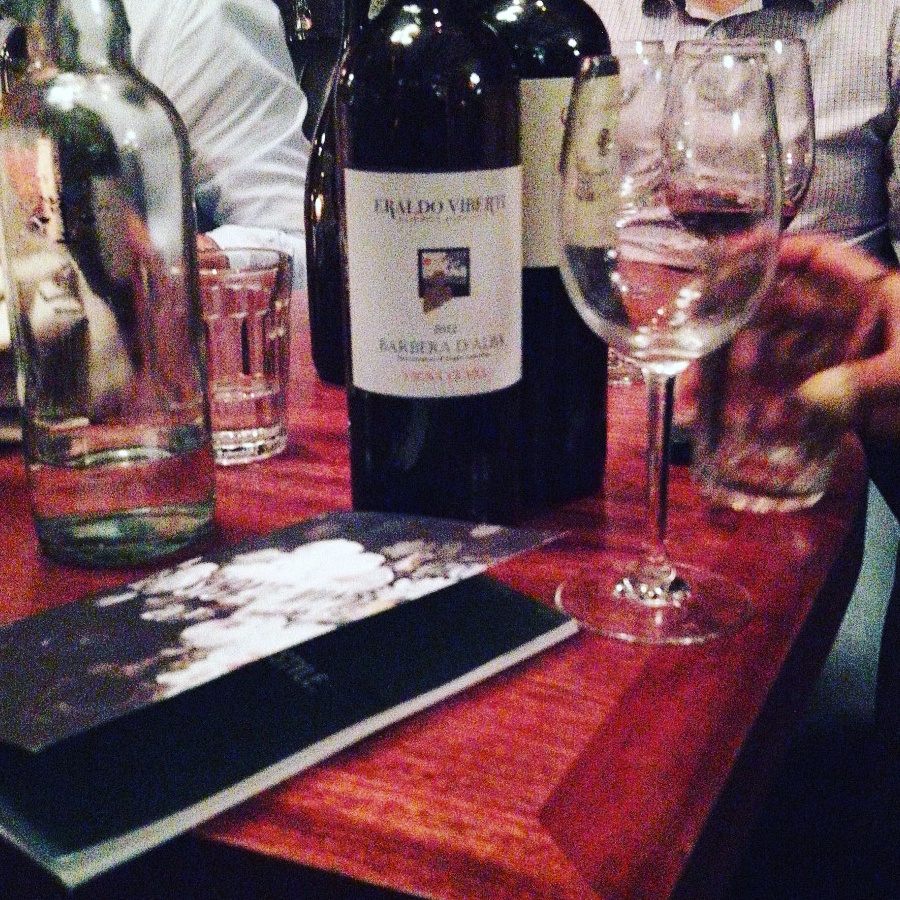Italy. Lazio.
- Valerio Rosellini

- Jan 22, 2021
- 2 min read
Updated: Nov 27, 2022

LAZIO wine area of production is within the territory of Lazio administrative region. Limits to yields per hectare, to enhance wine intensity, are set in 21 tonnes for white, 20 for red and rosé, 10 for passito, 14 for late harvest. Minimum alcohol content is 10% for white, rosé, and red wines. Lazio geographically is made of three great morphological and geological units: coastal part, hills of volcanic districts, and Apennine mountain range. Lazio territory is mostly hilly (54%), only 20% is flat land and the residual 26% is mountainous. In Lazio there are three main groups of soil: ancient sedimentary that are mostly limestone rocks, in the mountain ranges; recent sedimentary, mostly marls in the hills and flat lands; then volcanic soils, made of yellowish sands and grey clays. Average heigh of vineyards is between 20 and 1’000 meters asl, exposed towards south and south-west. Climate of the region can be divided in temperate, which characterises mountains and high hills, and Mediterrean, which characterizes hills and flat land until the Tirreno coast. Historically vine cultivation in the region is present since very ancient times; Romans developed the cultivation of the vine initially learning it from the Etruscans, since by the times of the early history of Rome. Traditionally, the best wines in Lazio are produced in areas which are the most adapted for viticulture, like hills and volcanic soils or red earths. Lazio is thus one of the most ancient wine regions in Italy. In the end of the19th century (1883) a research found that as much as 200 grape varieties were cultivated in municipalities of Lazio. [14].
Wine description
LAZIO BIANCO colour is yellow, sometime tending to gold or to greenish; smell is intense and fruity; taste is typical, dry, savoury. LAZIO ROSSO colour is ruby red, tending to garnet in ageing; smell is complex, fruity; taste is harmonic, typical.
[14] Winemaking normative requirements, up-to-date. www.inao.gouv.fr www.politicheagricole.it
Comments